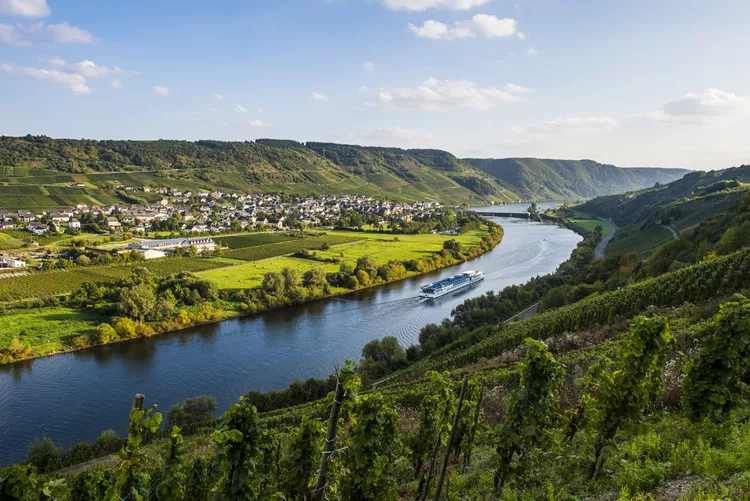Overview of River Cruising
Smaller Scale, Greater Intimacy
River cruising is the fastest-growing segment of the cruise industry. According to The New York Times and industry experts, river cruise experiences continue to gain popularity each year. With smaller, more intimate ships and itineraries that take travelers to vibrant cities, charming villages, and stunning landscapes, river cruise lines provide a unique travel experience.
River cruise ships are typically smaller than ocean liners, particularly European river cruise vessels. Their compact design allows them to navigate locks and under bridges, meaning you will share your journey with fewer fellow passengers. However, this also translates to fewer onboard activity areas. If your ideal holiday includes multiple dining options, extravagant shows, or a bustling casino, a river cruise may not meet your expectations. Many river cruise ships lack extensive amenities like self-service laundry or fitness centers, but the meals served are usually well-prepared and elegantly presented.
While you may not catch a Broadway musical on board, ample opportunities to relax and immerse yourself in the cultures of the countries you visit exist. Enjoy live piano music in the evenings, which creates a serene ambiance as you admire harbor lights. Engage in local craft demonstrations, attend informative lectures, and partake in fitness classes or narrated dinner cruises. Open seating during meals provides the chance to connect with fellow travelers, and the casual dress code allows you to pack lighter.
Focus on Port Calls
In river cruising, port calls are the highlight. Typically, you will spend more time in each port compared to ocean cruises, depending on your selected itinerary. Many river cruise lines include the majority of shore excursions in your cruise fare, which enriches the travel experience. Since you will be traveling along rivers and canals, breathtaking countryside views surround you from your stateroom or viewing lounge.
Another advantage is the ability to dock closer to the heart of each destination, often at smaller piers. This proximity allows you to explore at your own pace or participate in scheduled excursions. Most river cruise lines offer a diverse range of shore tours, catering to various interests and highlighting local culture.
River Cruise Considerations
When planning a river cruise, consider the following:
- Accessibility: Disability access can vary significantly. Some ships may offer elevators, but very few have wheelchair-accessible staterooms. Gangways might be narrow and steep, so inquire about slower-paced excursions if needed.
- Itinerary Structure: River cruises usually consist of one-way trips, starting in one city and ending in another. Although this could increase airfare costs, it enables you to explore both destinations more thoroughly.
- Onboard Amenities: Many river cruise lines provide complimentary wine, beer, and soft drinks during dinner, enhancing your dining experience.
- Seasickness: The risk of seasickness is lower on river cruises. However, if your itinerary includes open water segments, be mindful of potential motion sensitivity.
- Medical Support: Due to the close proximity to land, most river cruise ships lack onboard medical professionals. For medical needs, you will be directed to local pharmacies or doctors.
- Weather Impact: Water levels in rivers may affect your itinerary. High or low water levels could prevent navigation through certain areas, but cruise lines typically have contingency plans for these situations.
Popular River Cruise Itineraries
- European rivers (Rhine, Danube, Douro, Moselle, Volga, Vistula, and more)
- China’s Yangtze River
- Mekong River (Cambodia and Vietnam)
- Nile River
- Mississippi River
- Amazon River






